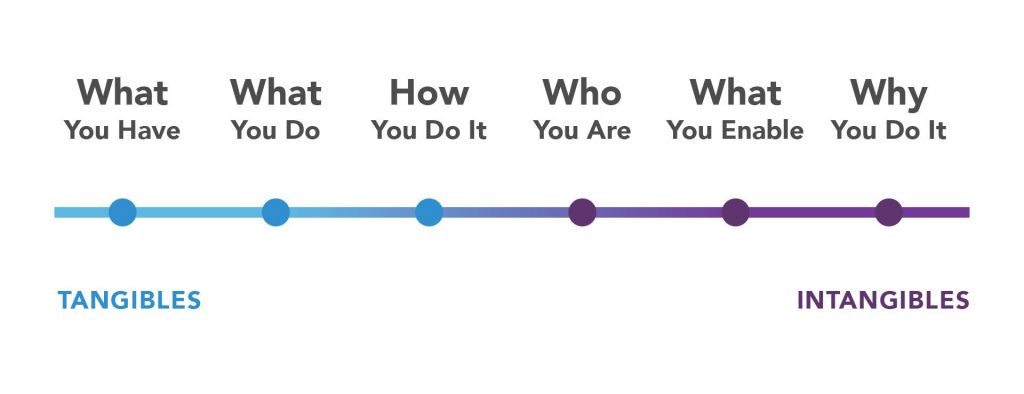Brand Strategy: From Tangibles to Intangibles
A competitive review is an important part of any brand strategy initiative. It helps answer questions critical to a successful branding effort: How are competitors positioning themselves? What are the messages that consistently rise to the top? What is the white space that can be “owned” by a brand?
For dataxu, a client in the…




